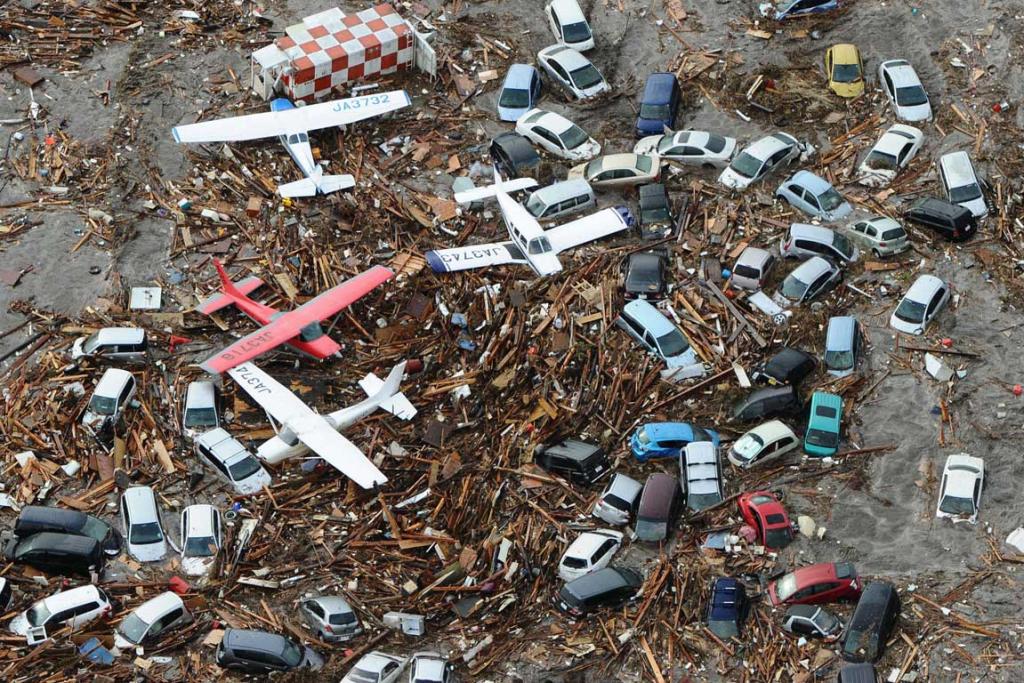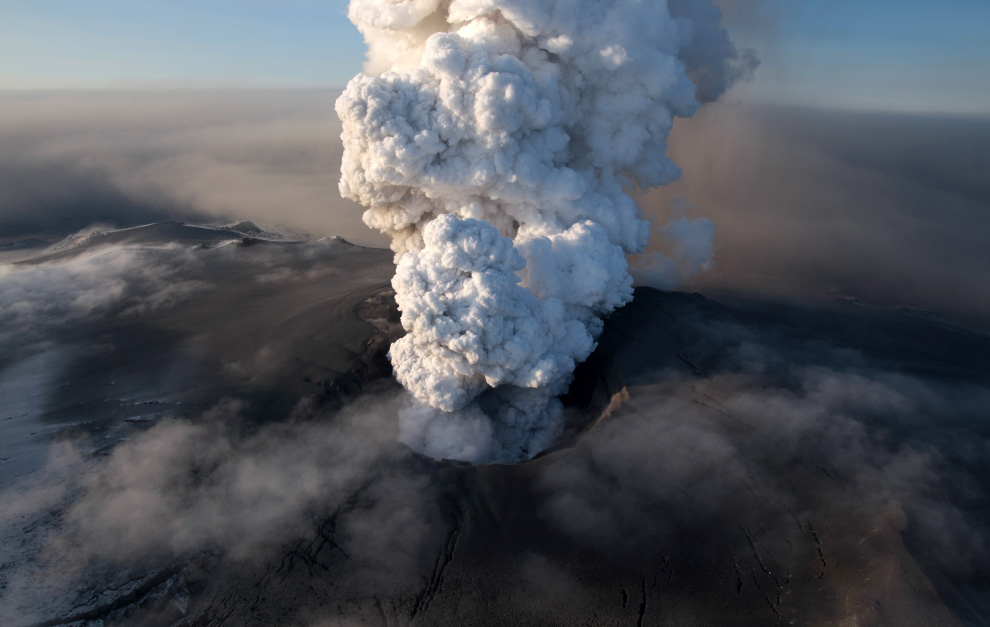Expensive Insurance Claims
- September 12, 2012
- Posted by: Richard Salmon
- Category: Interesting Insurance Claims
Smash, bang, wallop, what a trip to Aberdeen
When you’ve been given the job to drive a car worth half a million pounds, you should either be a) a bloody excellent driver or b) drive as if you have a haemophiliac in the back seat. The driver of this here Pagani Zonda S just couldn’t abide these rules when he was driving on the country roads of Aberdeen’s outskirts , deciding that rather than keeping it on the road, he’d bend it around a telegraph pole. The resulting £300,000 insurance claim was the most expensive Aviva had ever paid out for a car, as the vehicle was sent off to Italy where it could be restored to its former glory.
Petspensive
People do love their fury friends, and they’re willing to take out some serious insurance policies to ensure they don’t have to be put down the moment they get the sniffles. One of the most expensive claims occurred when a four-year-old moggy got a very serious bout of renal failure, leading to a bill of $22,222 (£14,000). You’d think cats would be bloody cheap to insure anyway, given the fact they have nine lives. It’s like having nine in-built life insurance policies. On the other hand, insurers do have to take into account the fact that animals are fundamentally stupid and do inane things like eat light bulbs and boxes of pencils.
No, it’s not the Japanese idea of a runway
Tectonic plates doing the jitterbug, large bodies of water and large coastal settlements can only lead to one thing: mass destruction and an insurance industry that collectively has its head in its hands. The widespread destruction caused by the 2011 Tohoku earthquake and tsunami led to it being labelled the most expensive natural disaster in world history with costs of $235 billion (£150 billion). The hapless insurers had to fork out some $35 billion (£22 billion) in claims for all those boats wedged in floating houses on top of power plants going through nuclear meltdown.
Don’t ash me how to get home
Forever unpronounceable and surely a top candidate for any spelling bee grand slam final, Eyjafjallajokull will go down in history as the volcano that grounded the world in the late spring of 2010, or at least anyone trying to leave or enter western Europe. There hadn’t been so much disruption to flying since the Royal Air Force and the Luftwaffe were popping caps in each other’s fuselage over the English Channel some 70 years ago. Flights were cancelled for six days straight, leaving passengers stranded abroad and causing great damage to the coffers of the airline industry. Every ash cloud has a silver lining though, as an estimated 2.8 million of tonnes of CO2 emissions were avoided thanks to the flight ban.
Next step: just walk home
The human race is a dependent bunch of critters, forever relying on that invisible stuff they call electricity to keep our homes lit, microwaves cooking and lifts working so we never have to traverse a set of stairs. What do you think happened when 55 million people across the US and Canada became suddenly and unexpectedly cut off from this wonderful resource in the summer of 2003? Well, besides leaving people eating cans of cold beans in the dark and developing some serious thunder thighs from those blasted stairs, there were some pretty big issues. Businesses were forced to close, cars were smashing each other off the road with no traffic signals to guide them and people who don’t know the way home unless they’re on public transport had to sleep on the Post Office steps. This wasn’t a cheap power cut, I can tell you that for free.






